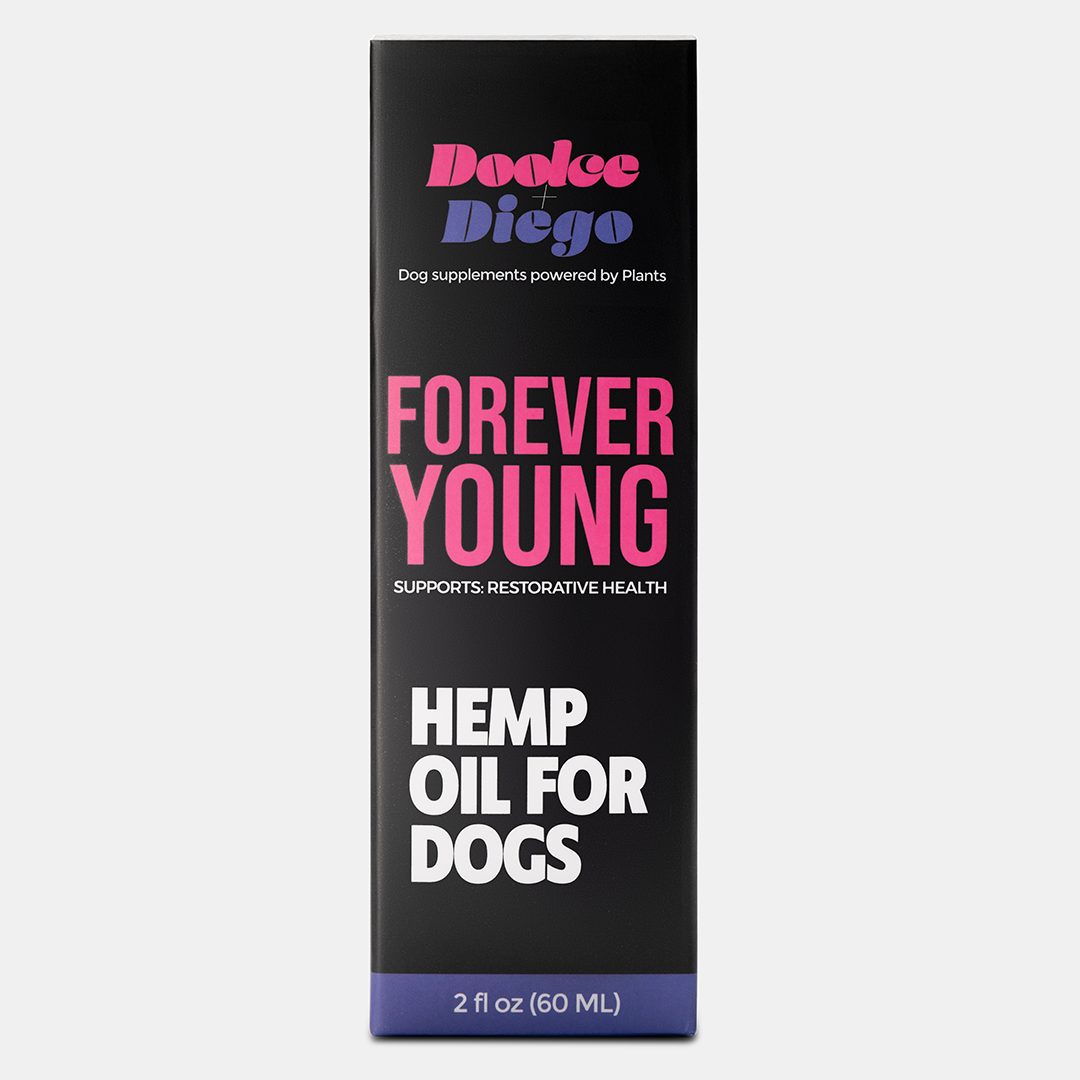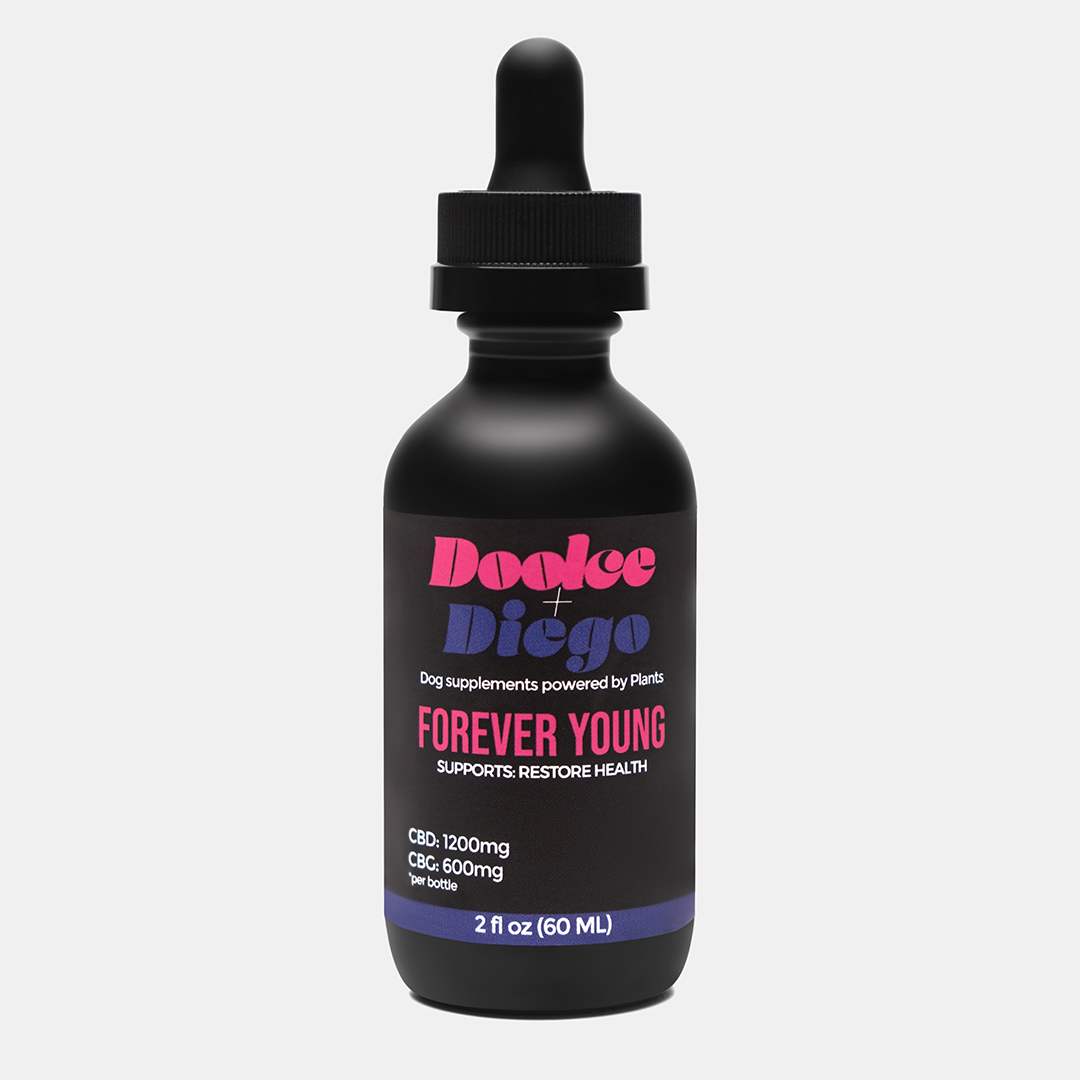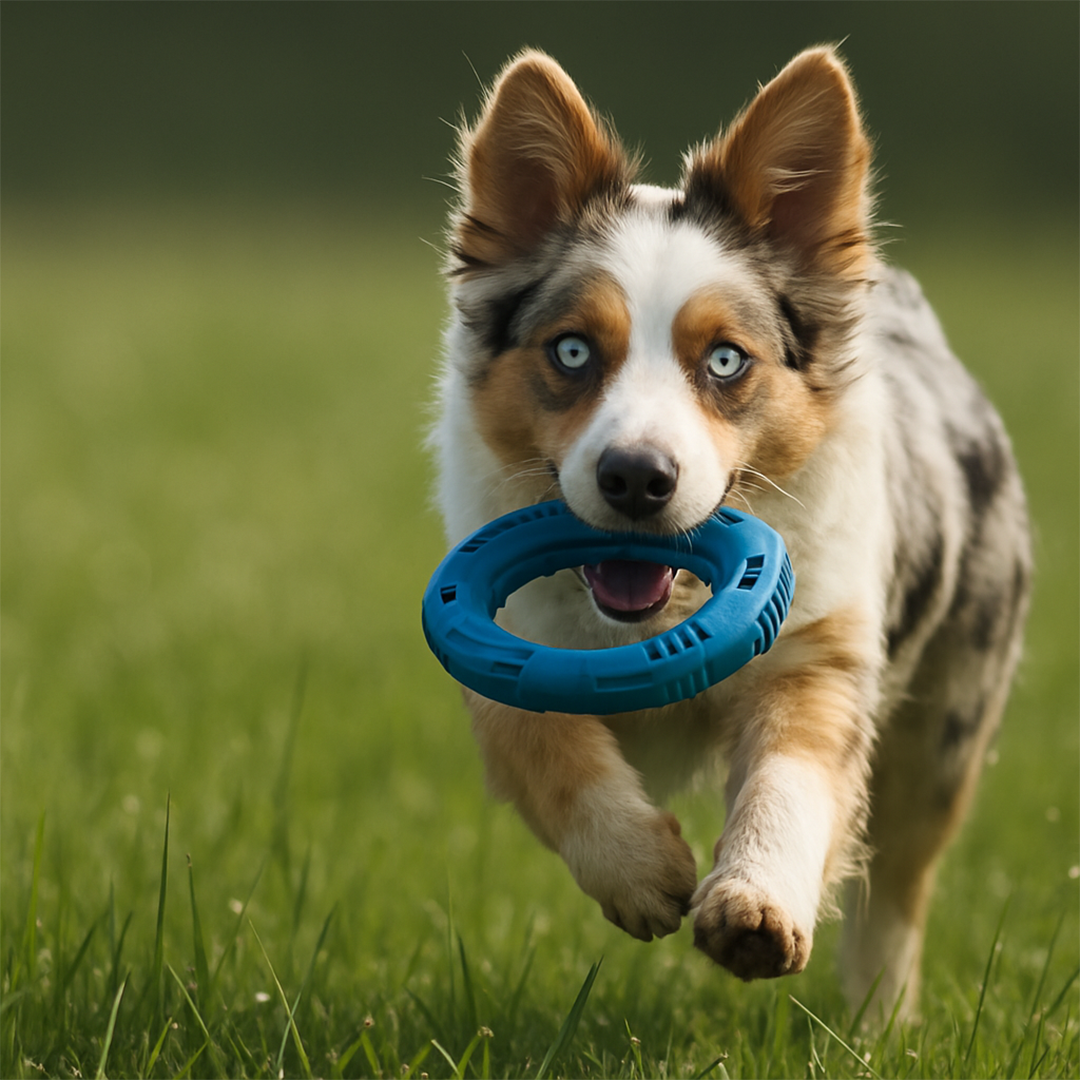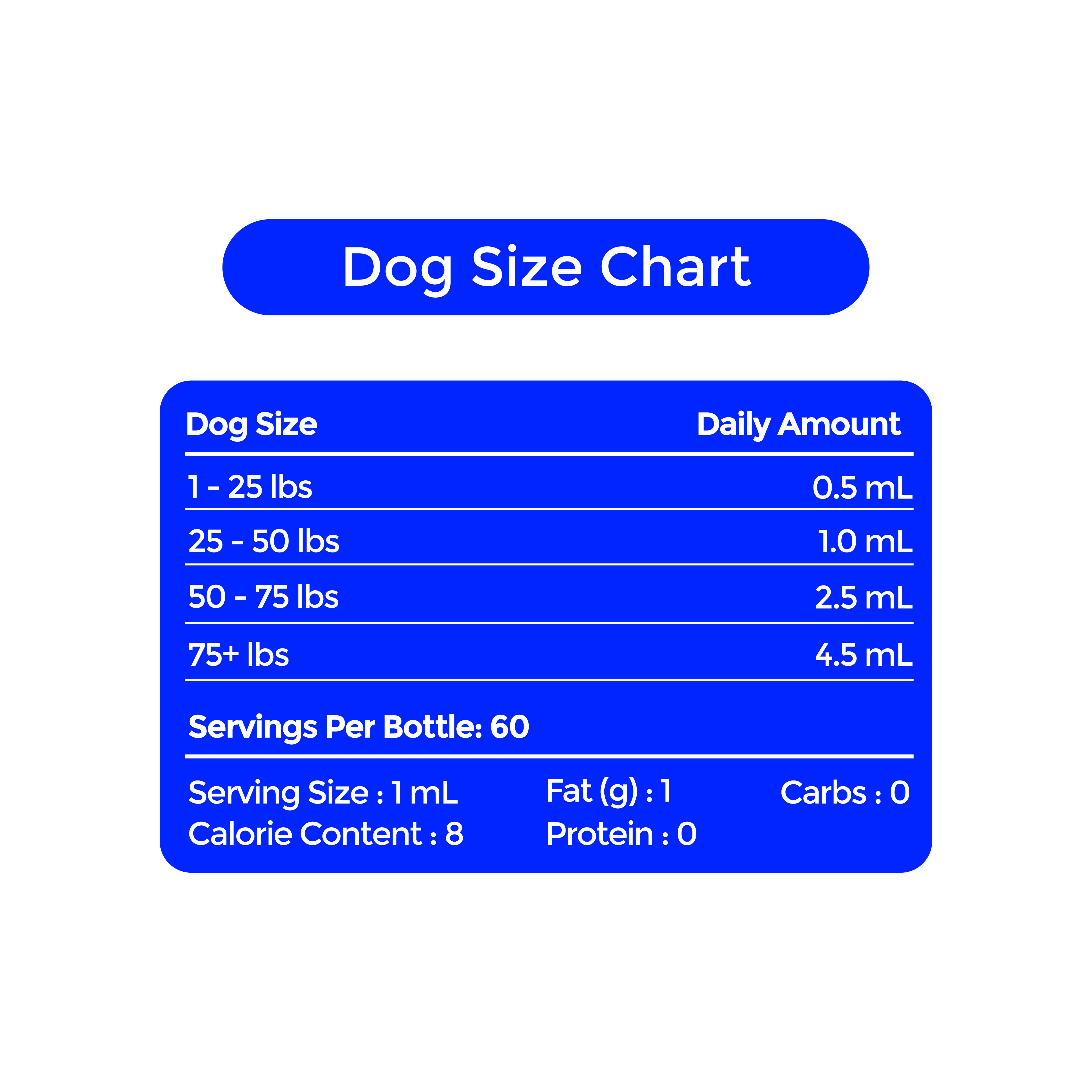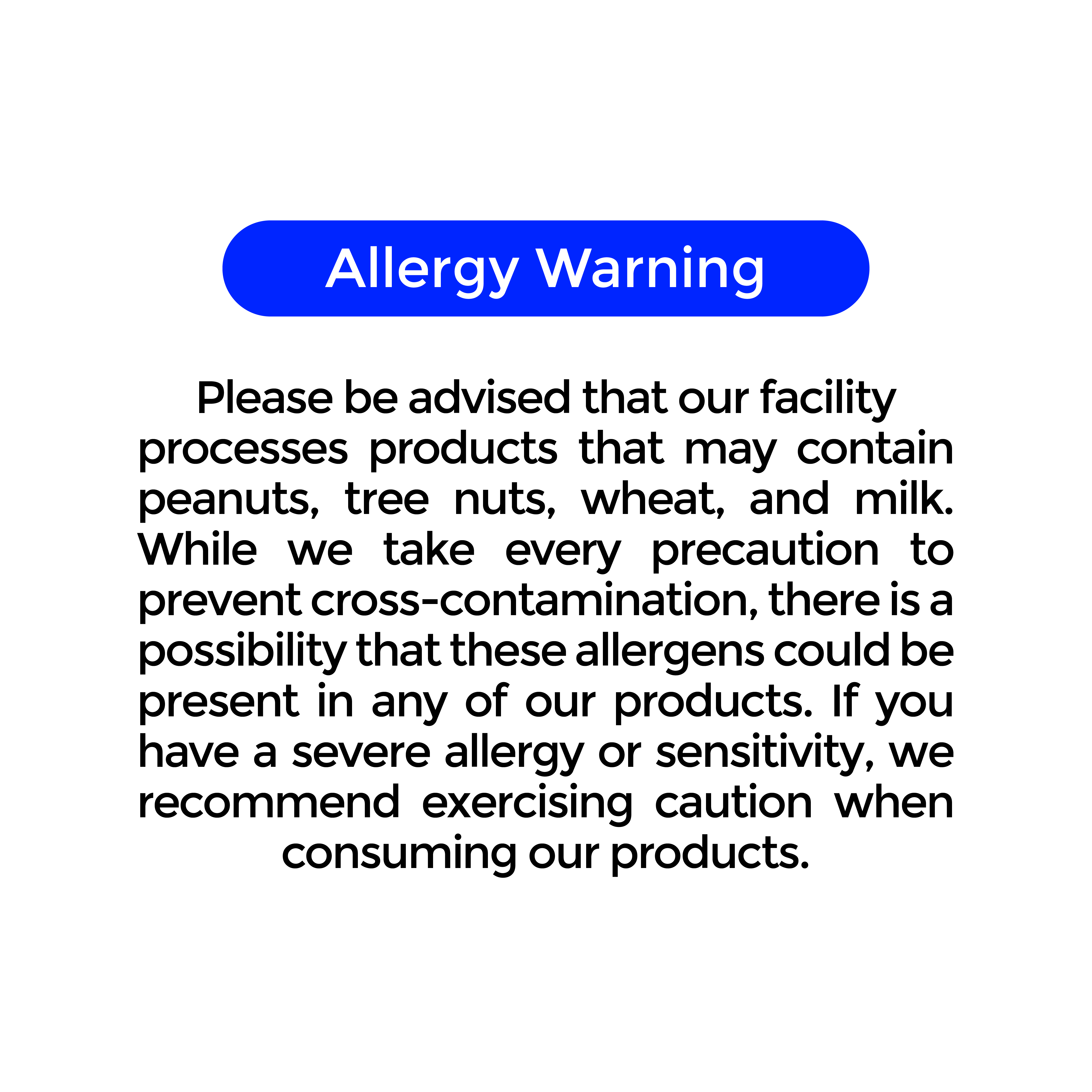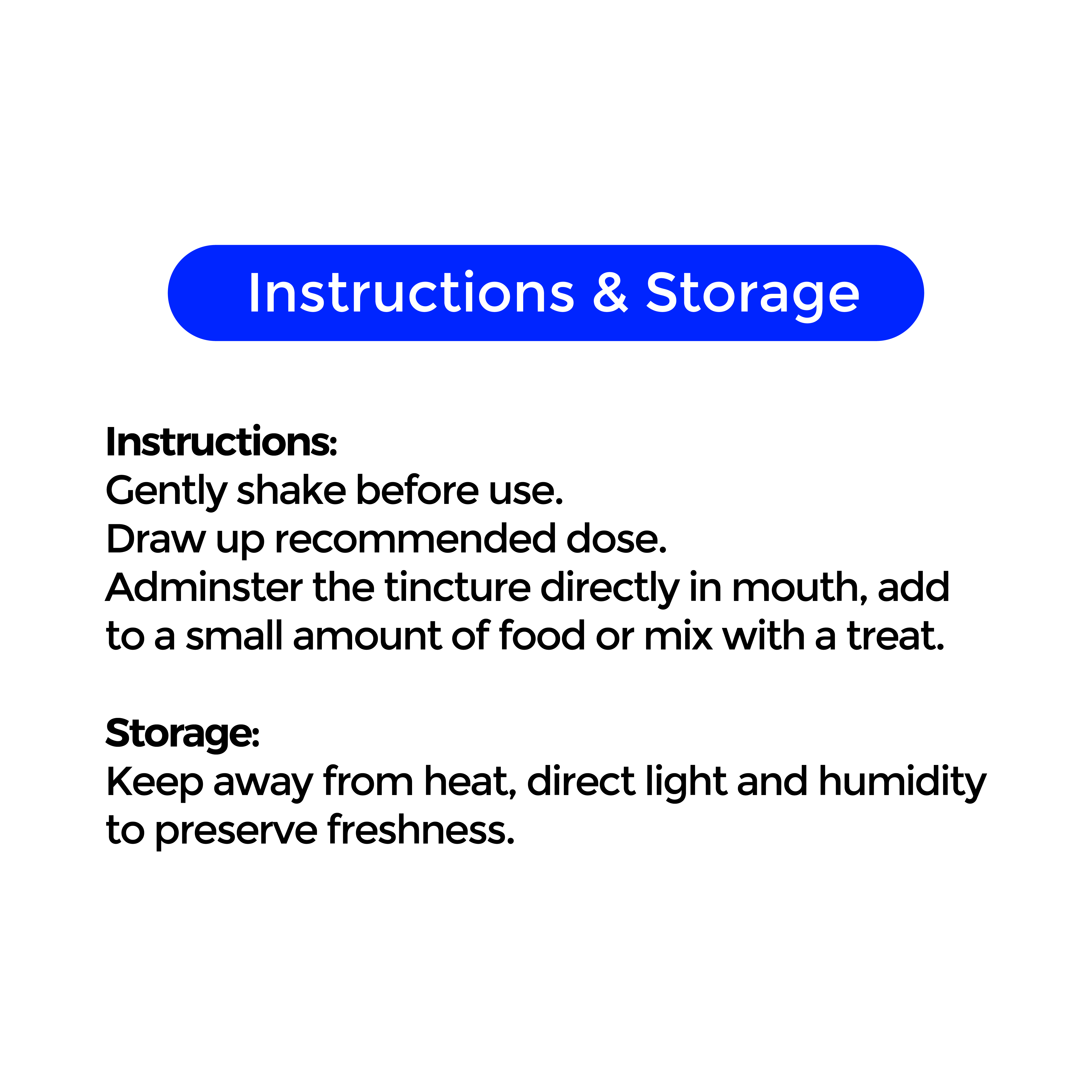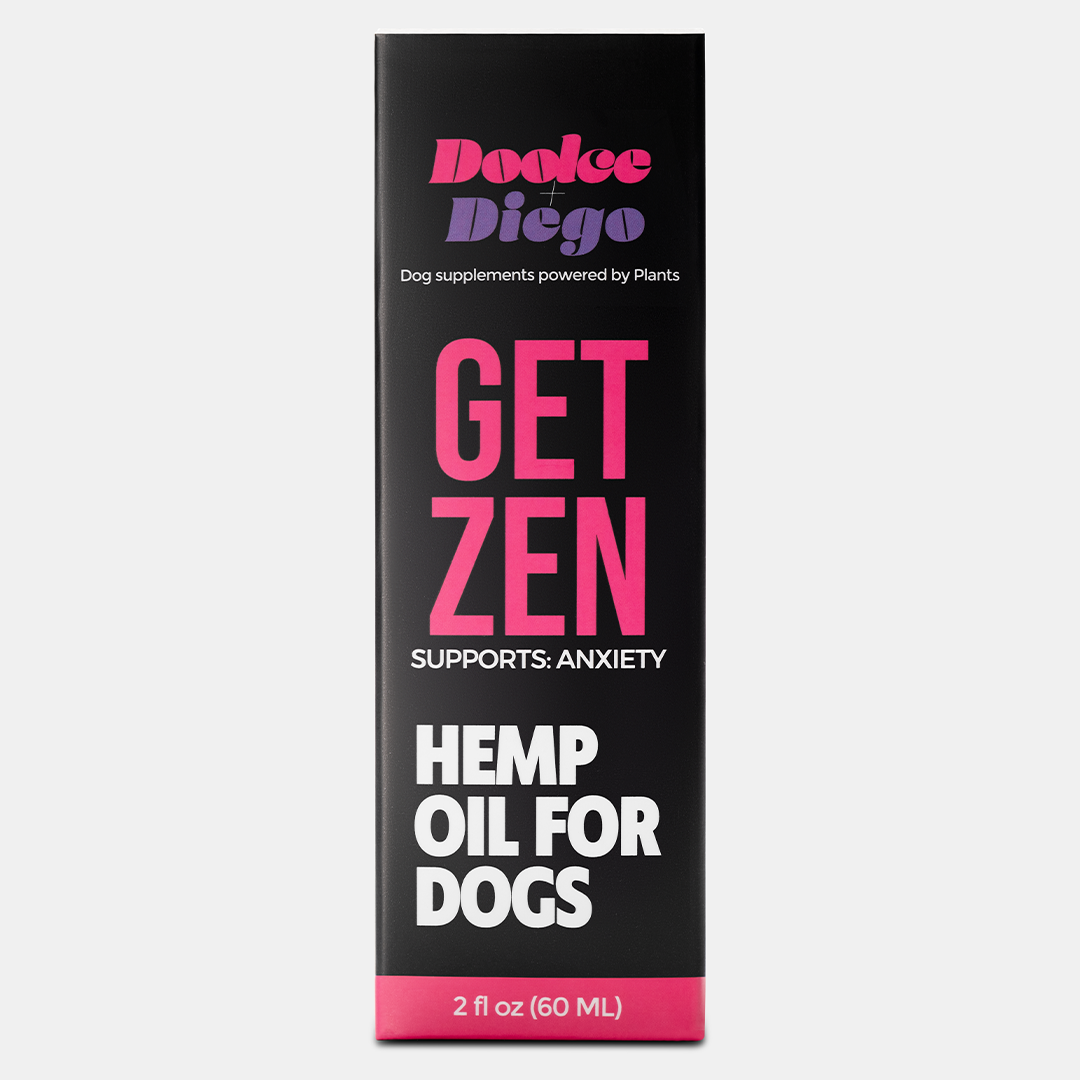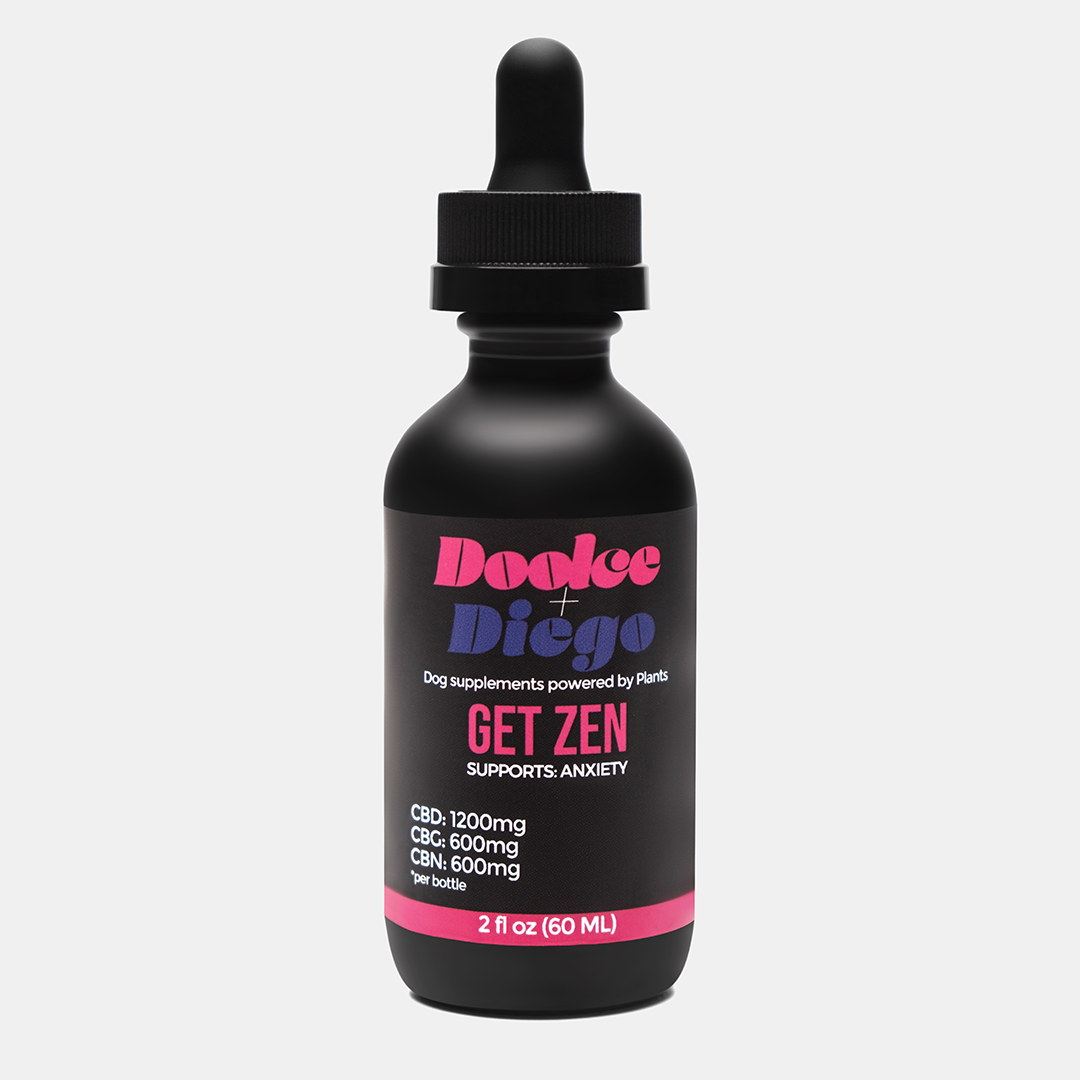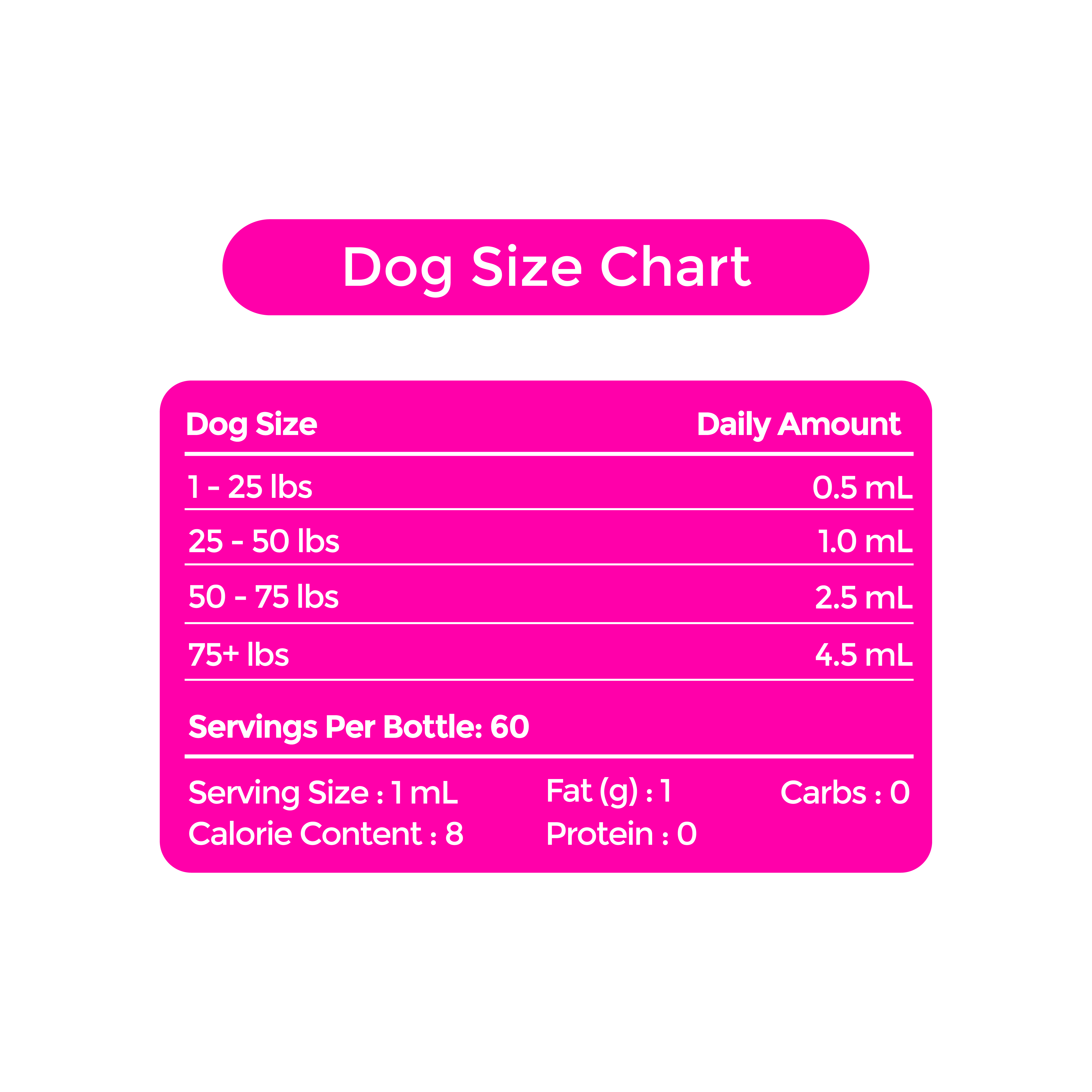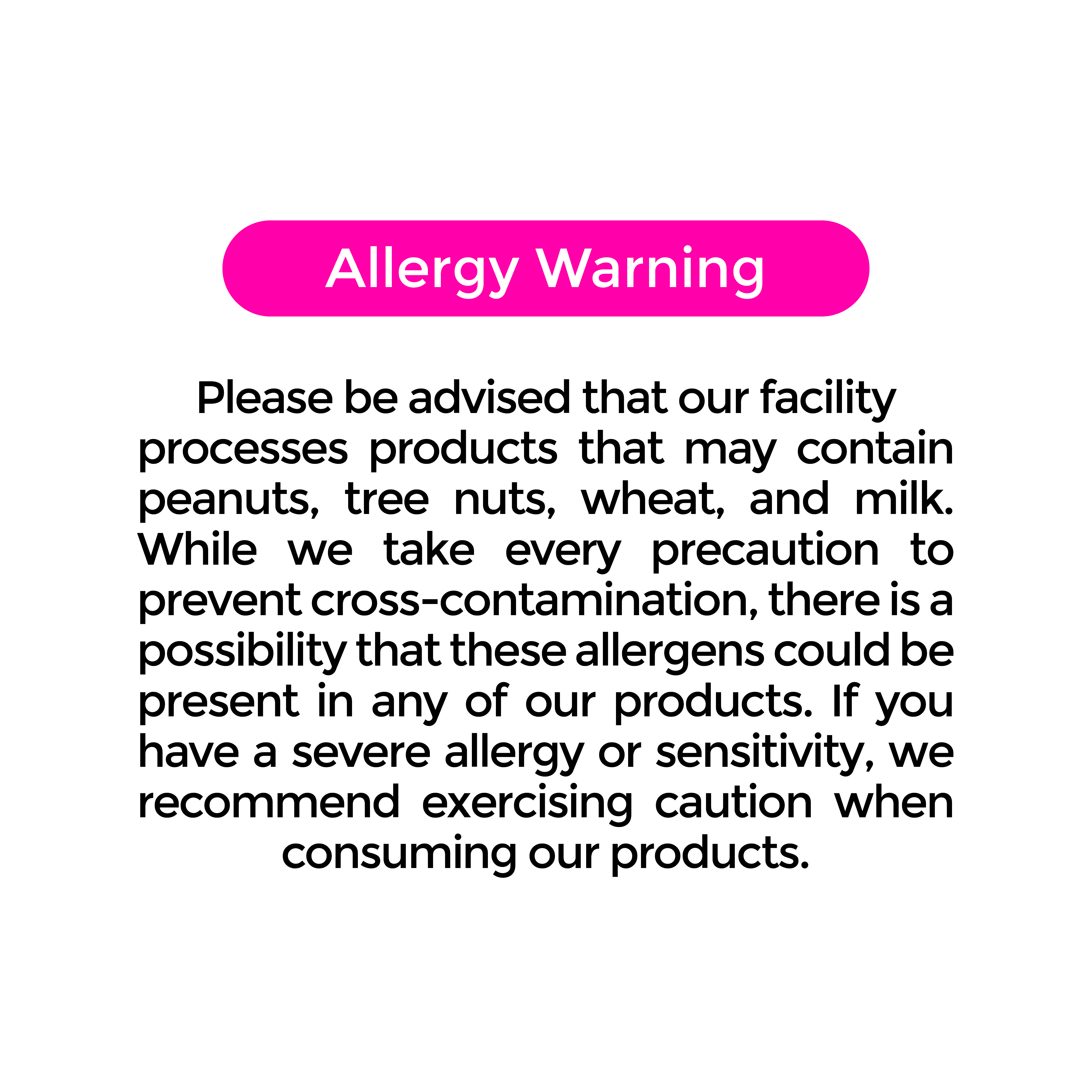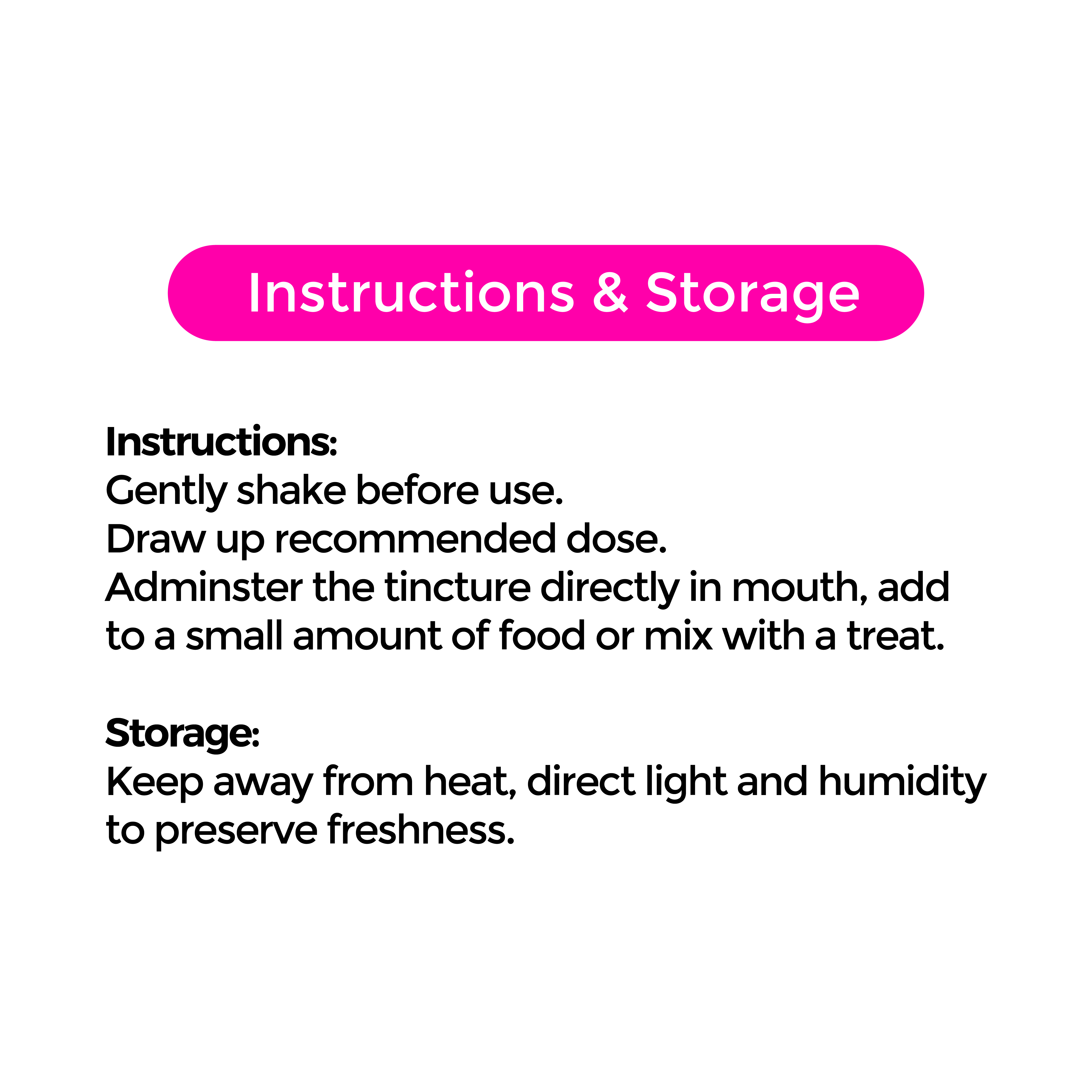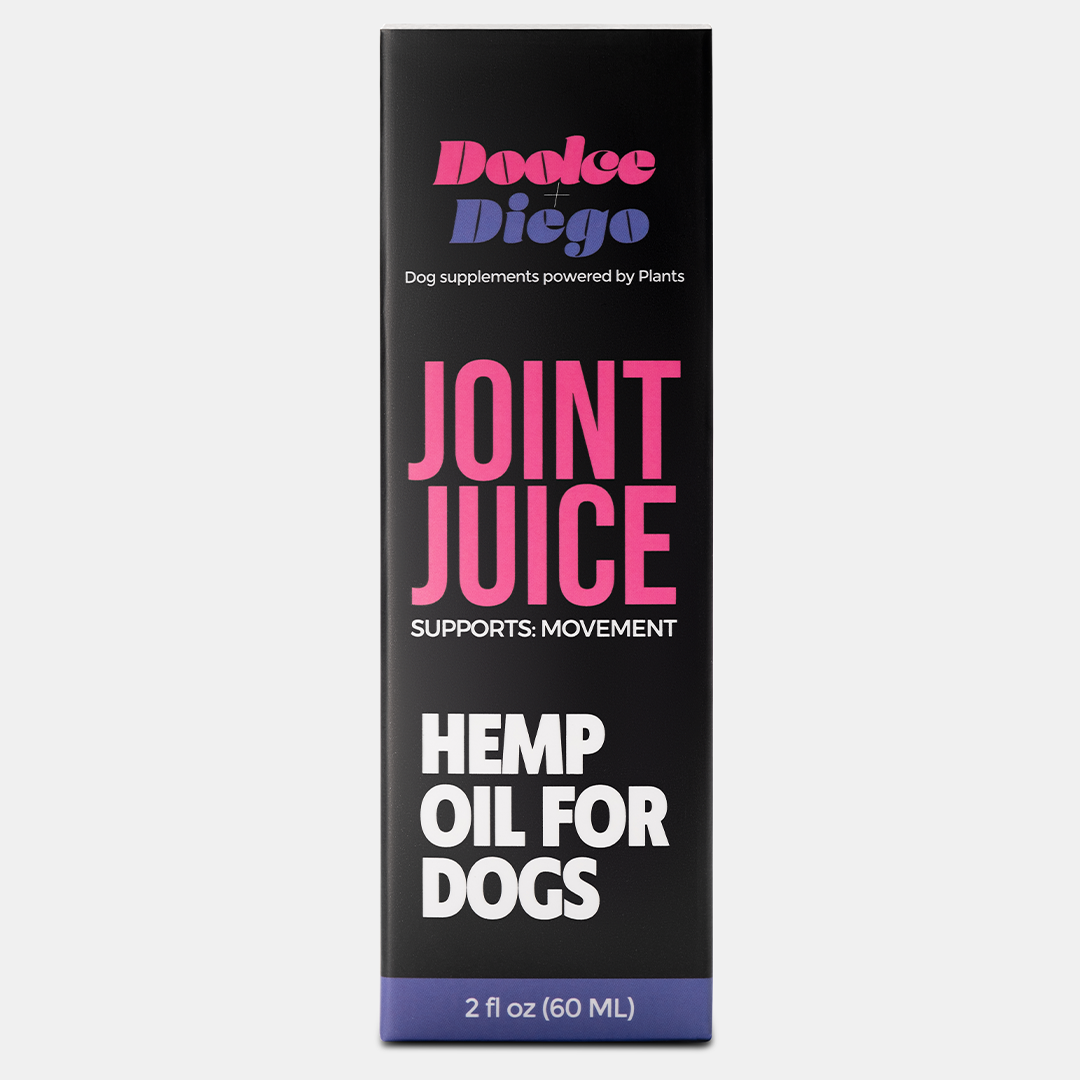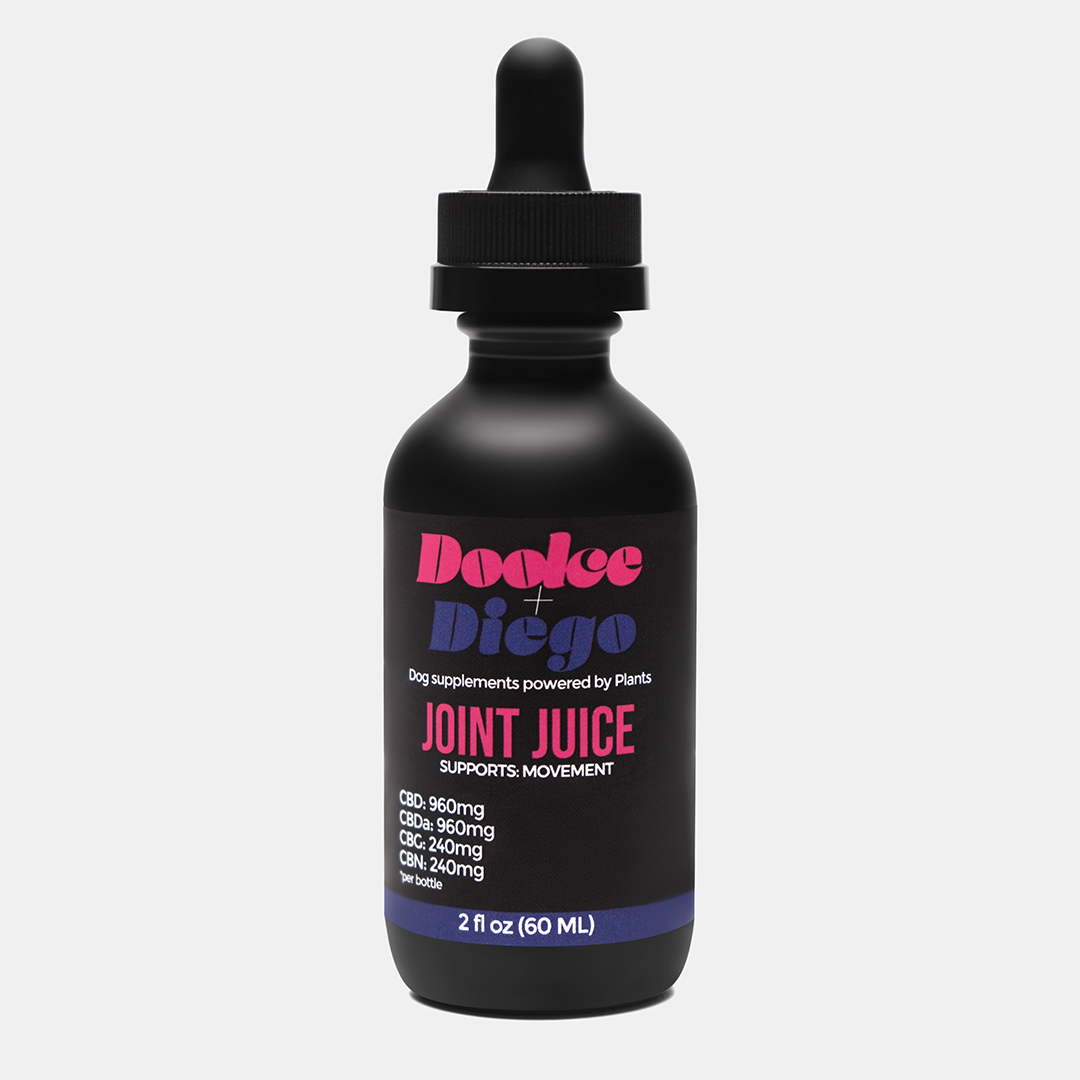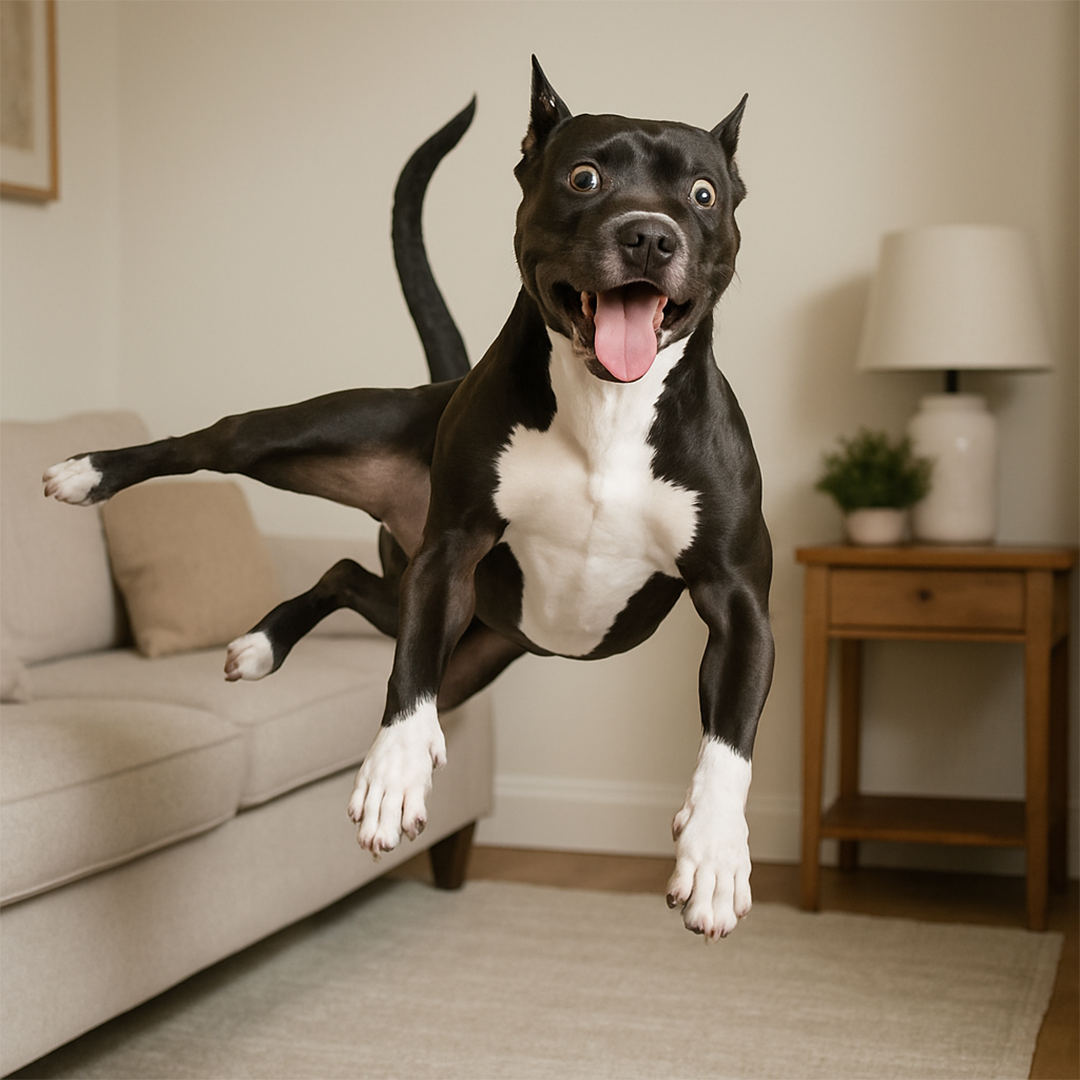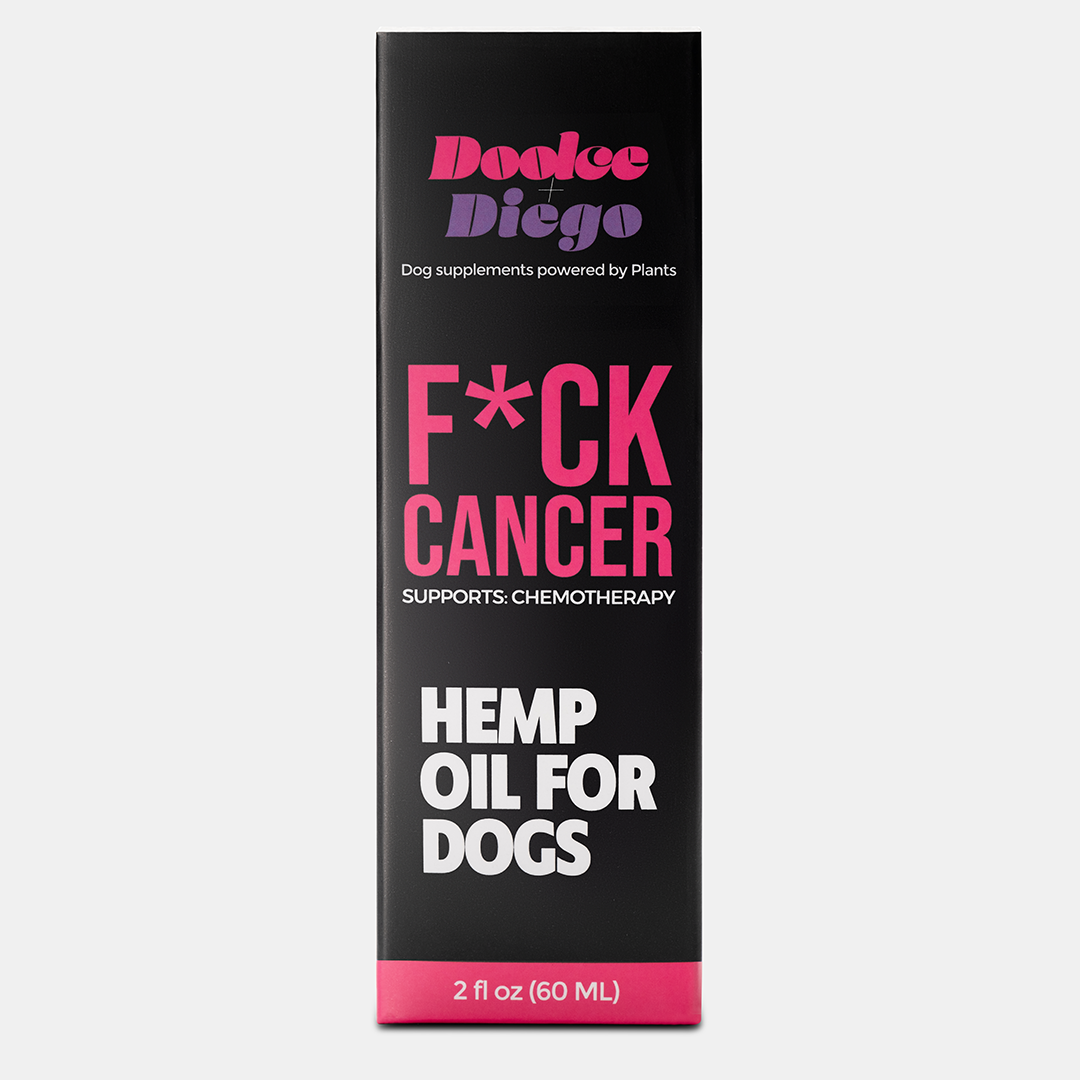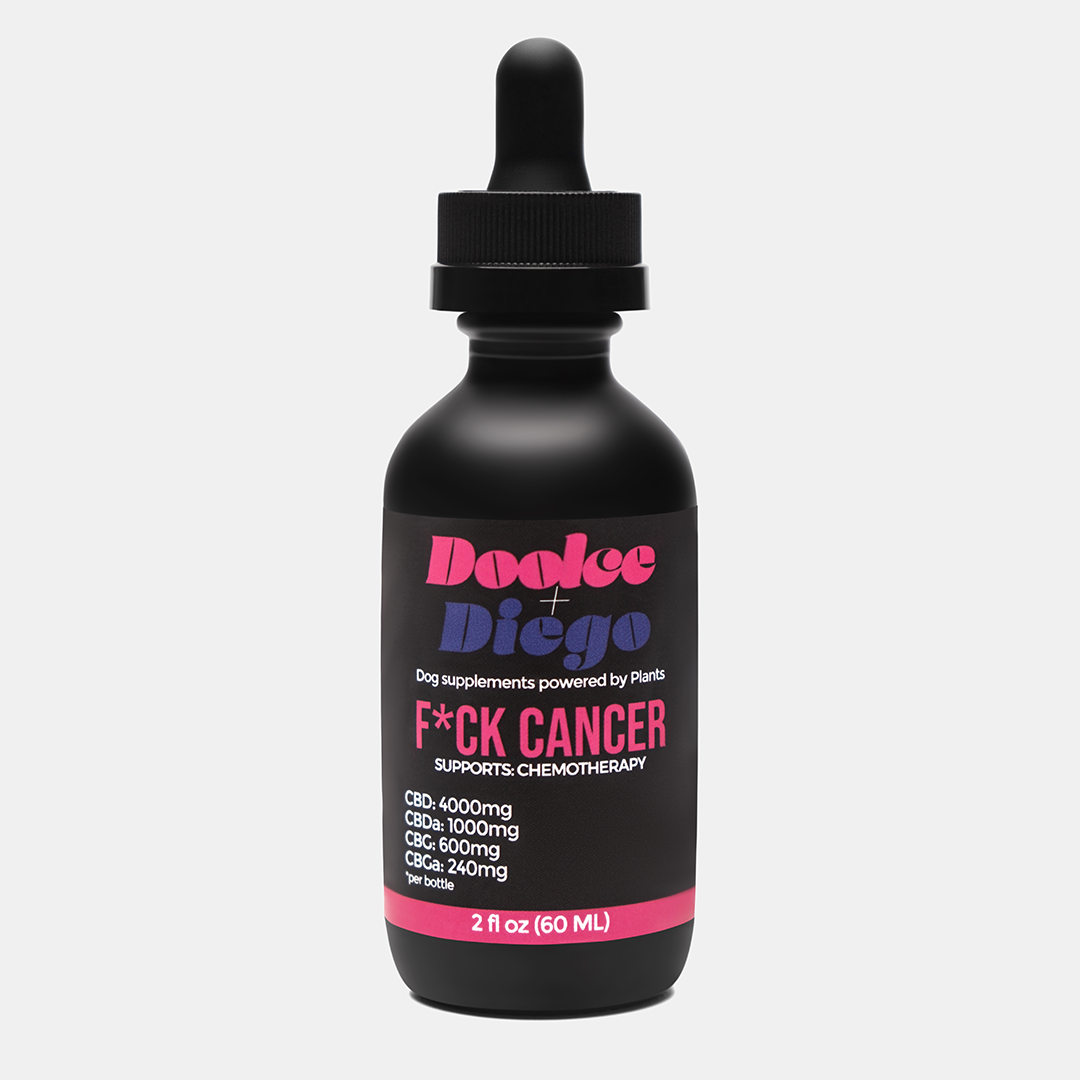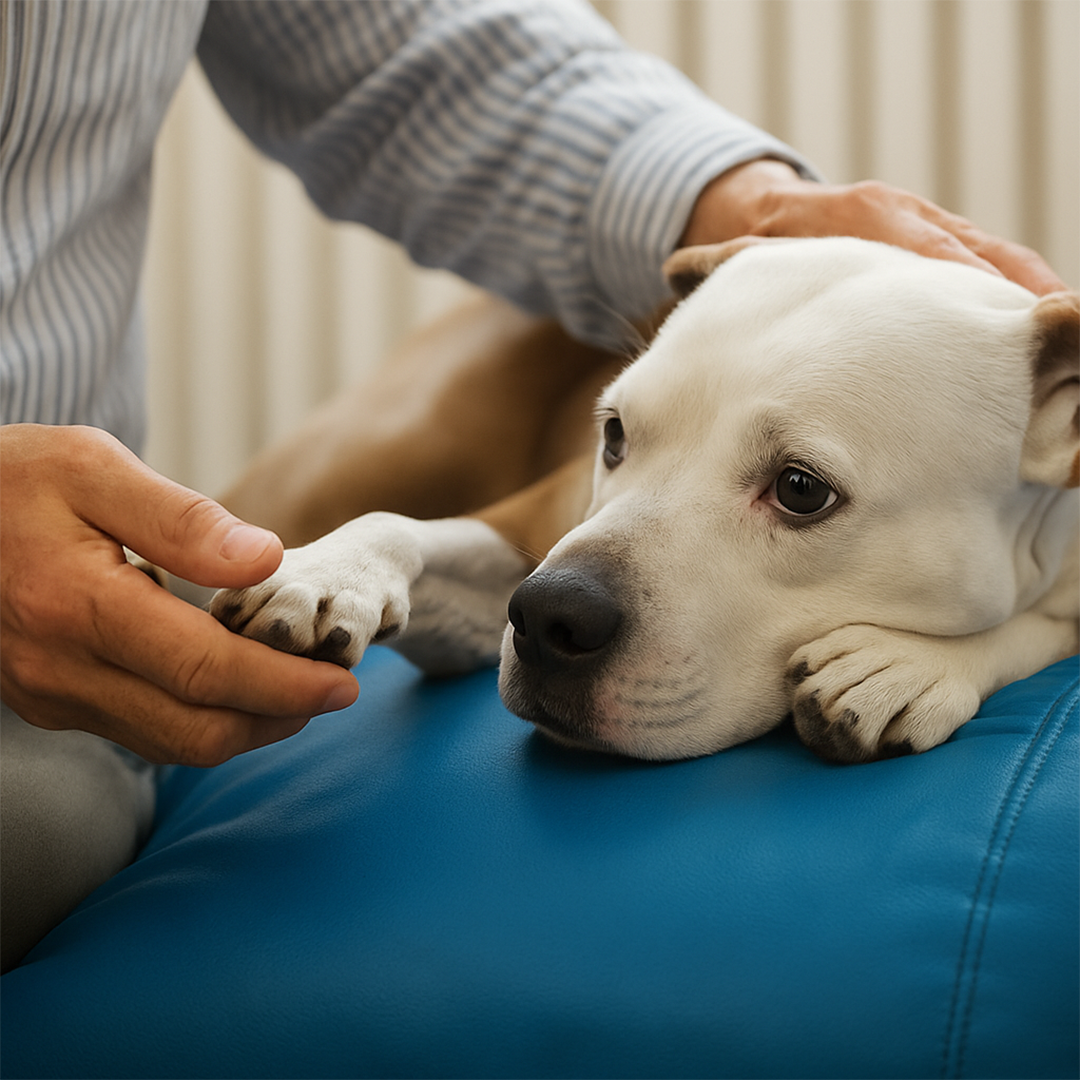
Allergy Season: How to Help Your Dog Feel Their Best (Without Going Full Vet Med Commercial)
Photo by Michal Vrba on Unsplash
It starts with a paw lick here… a sneeze there… a suspicious amount of scratching at 2am.
Welcome to allergy season—and yes, your dog is over it.
Just like us, dogs can suffer from seasonal allergies caused by pollen, dust, mold, grass, or whatever floating nonsense spring decides to toss their way. The difference? They can’t pop a Zyrtec and complain about it on social.
But don’t worry—we’re here with non-clinical, non-drowsy, totally doable tips to help your pup survive allergy season without turning your living room into a pharmaceutical ad.
Wait, Can Dogs Really Get Seasonal Allergies?
Absolutely. And they don’t hold back when it hits.
Look for these tell-tale signs:
- Constant paw licking
- Red or irritated skin
- Excessive scratching or rubbing
- Sneezing or watery eyes
- Ear infections or head shaking
- Scooting (yep, that too)
If your dog starts acting like they’re itchy all over and suddenly has beef with their own paws—yep, allergies might be the culprit
Natural Ways to Help Your Dog Through It
Let’s skip the hard-sell vet commercial energy and get into what actually works—naturally.
1. Wipe Them Down After Every Walk
Your dog is basically a four-legged pollen sponge.
Use a damp cloth or pet-safe wipes to clean their paws, belly, and legs after walks. Think of it as a quick “rinse cycle” before the scratch-fest begins.
2. Bathe, But Don’t Go Overboard
A once-a-week bath with a gentle, natural shampoo can do wonders.
Look for ingredients like:
-
- Oatmeal
- Chamomile
- Aloe
- Coconut oil (in moderation)
Bonus: It keeps your couch from smelling like “wet spring dog.”
3. Clean Their Space Like a Pro
Dust, pollen, and allergens love to hang out where your dog does most: their bed, the couch, your lap.
-
- Vacuum with a HEPA filter
- Wash bedding weekly
- Air purifiers if you're fancy like that
Clean zone = less scratching.
4. Upgrade Their Diet (and Maybe Their Supplements)
Gut health is directly linked to skin health and immune response.
Try adding:
-
- Probiotics to balance their microbiome
- Omega-3s (from fish oil or flaxseed) to reduce inflammation
- Quercetin (a natural antihistamine nicknamed “Nature’s Benadryl”)
- CBD or CBG for calming inflammation and itch without the crash
Reminder: always check with your vet before starting new supplements. Yes, even the crunchy, farmer’s-market kind.
5. Keep Fleas in Check
Flea allergy dermatitis is the messy twin of seasonal allergies.
Even one bite can send your dog into full drama mode, so stay on top of flea prevention—even if it's not “flea season” yet.
6. Give Their Skin Some Love
Topicals aren’t just for your skincare routine.
Use paw balms for dry, irritated pads
Try lightweight dog shirts to prevent skin chewing
Keep cooling sprays or compresses on hand for flare-ups
Comfort doesn’t have to come in pill form.
When It’s Time to Call the Pros
If your dog’s symptoms aren’t improving, or things escalate (think bleeding hot spots or chronic infections), don’t tough it out.
A vet can test for environmental triggers, prescribe appropriate treatment, or refer you to a doggy dermatologist if things get that serious.
But for mild to moderate seasonal sniffles? You’ve got this!

